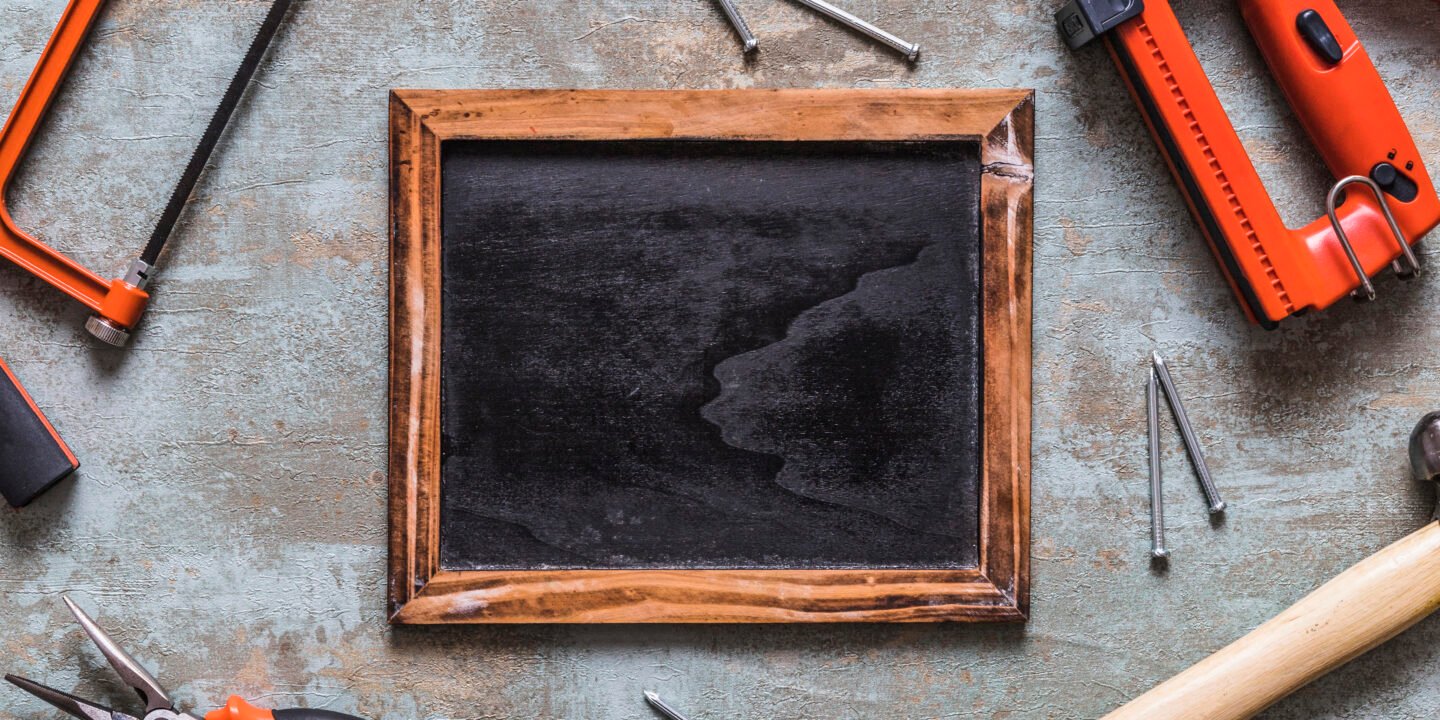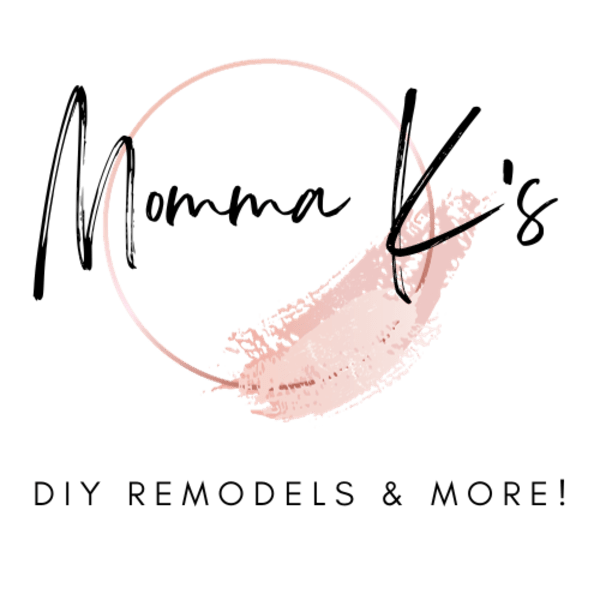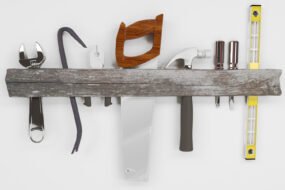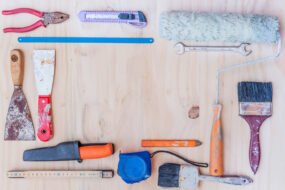
When you embark on a DIY project, whether it’s as simple as a home decor makeover or as intricate as building your own furniture, having the right tools and materials can make all the difference. Not only do the right tools save you time, but they also ensure the final result looks professional and stands the test of time. For beginners, the sheer number of options available can be overwhelming. For seasoned DIY enthusiasts, having a well-stocked toolkit is essential for tackling new and exciting projects.
In this comprehensive guide, we’ll walk you through the must-have tools and materials for various DIY projects, from basic home improvement tasks to creative crafting endeavors. Whether you’re building a bookshelf, creating custom home decor, or sewing your own clothes, understanding which tools and materials you need—and why you need them—will help you work smarter, not harder.
Basic Tools Every DIYer Needs
Before diving into specific projects, it’s important to familiarize yourself with the basic tools that will serve as the foundation of your toolkit. Whether you’re a beginner or an experienced DIYer, these tools will help you tackle most common projects with ease.
1. Measuring Tools
Accurate measurements are the backbone of any DIY project, whether you’re laying down tiles, building a table, or sewing a shirt. Without precise measurements, things can quickly go awry.
Key measuring tools include:
- Tape Measure: An essential for measuring everything from fabric to furniture.
- Carpenter’s Square: Ideal for checking right angles, especially when building furniture or framing.
- Level: Ensures your projects (like shelving or hanging pictures) are perfectly straight.
- Calipers: Great for measuring thickness, width, and diameter, especially in more technical or woodworking projects.
2. Cutting Tools
Cutting tools are a necessity in almost every DIY project. Whether you’re cutting wood, fabric, paper, or plastic, having the right tool makes the process easier and safer.
Key cutting tools include:
- Utility Knife: A versatile tool for cutting paper, vinyl, cardboard, and other soft materials.
- Handsaw or Circular Saw: For cutting wood. A handsaw is good for small, straight cuts, while a circular saw is better for larger, more precise cuts.
- Fabric Scissors: If you’re into sewing, having a good pair of fabric scissors is a must. They make cutting fabric easier and prevent fraying.
- Jigsaw: If you’re looking to make curved or intricate cuts in wood or metal, a jigsaw is the tool to have.
3. Drills and Drivers
Whether you’re drilling holes or driving screws, having a reliable drill or driver will speed up your projects and ensure they’re completed accurately.
Key drill and driver tools include:
- Cordless Drill: Ideal for drilling holes and driving screws into wood, metal, or masonry.
- Screwdriver Set: A selection of flathead and Phillips screwdrivers will help you tackle various screw types.
- Impact Driver: If you’re working with heavy-duty tasks, an impact driver is useful for driving long screws or bolts with ease.
4. Fastening Tools
In almost every DIY project, you’ll need to secure materials together. Whether you’re assembling furniture, installing shelves, or making a craft, fastening tools are essential.
Key fastening tools include:
- Hammer: A versatile tool for driving nails into wood, walls, or other surfaces.
- Pliers: Used for gripping, twisting, bending, or cutting wire, nails, and other small objects.
- Clamps: These are especially important in woodworking and crafting for holding materials in place while glue dries or cuts are being made.
- Nails, Screws, and Bolts: A variety of fasteners are essential, depending on your project.
Crafting and Decorative Tools
For those of you who love DIY crafts, whether you’re working on scrapbooking, home decor, or personalized gifts, there are specific tools and materials that will elevate your projects.
5. Hot Glue Gun
A hot glue gun is one of the most versatile tools in a crafter’s toolkit. From decorating to fixing small household items, hot glue is perfect for many DIY tasks.
Uses:
- Home Decor: Attach embellishments like beads, buttons, and ribbons to furniture or picture frames.
- Crafting: Secure fabric, paper, and small accessories together.
6. Craft Knives and Cutting Mats
For precision cutting, especially in paper crafts and scrapbooking, a sharp craft knife and self-healing cutting mat are must-haves.
Uses:
- Paper Crafts: Cut intricate designs, shapes, and patterns for scrapbooks, cards, and more.
- Model Building: Cut foam or plastic with precision.
7. Paint Brushes and Stencils
Whether you’re repainting furniture or creating wall art, paint brushes and stencils are essential for adding details and artistic flair to your DIY projects.
Uses:
- Furniture Makeovers: Use brushes for a smooth, even finish.
- Wall Art: Create custom designs and patterns with stencils.
Woodworking Tools and Materials
Woodworking projects often require a more specialized set of tools. Whether you’re building a bookshelf or constructing custom furniture, these tools are indispensable for achieving smooth, professional results.
8. Saws and Sanders
Cutting and smoothing wood are two of the most important tasks in woodworking. Here are the essential tools:
Key woodworking tools include:
- Miter Saw: Perfect for making angled cuts, especially for framing and trim work.
- Orbital Sander: Use this for smoothing down rough wood or finishing surfaces.
- Circular Saw: Ideal for making straight cuts through plywood, MDF, or other boards.
9. Wood Glue and Wood Screws
For joining wooden pieces together, wood glue and wood screws are your best friends. These materials help create strong, durable joints.
Uses:
- Wood Glue: Use it to bond pieces of wood together before screwing them in place for added strength.
- Wood Screws: Secure parts that need to bear weight, like bookshelves or furniture frames.
10. Wood Stain and Paint
Finish off your wood projects with a beautiful stain or paint. Stains enhance the natural beauty of wood, while paint allows you to create custom colors for any project.
Uses:
- Wood Stain: Adds a rich, transparent finish to wooden projects while highlighting the wood grain.
- Paint: For adding vibrant colors and long-lasting protection.
Materials for Other DIY Projects
While tools are essential, the materials you choose can make a huge difference in the quality and longevity of your projects. Let’s take a look at some of the most commonly used materials for various DIY endeavors.
11. Fabric
For sewing projects, quilting, and upholstery, fabric is an essential material. Whether you’re making your own clothes or reupholstering a chair, there’s a wide variety of fabric to choose from.
Uses:
- Clothing: Fabrics like cotton, linen, and wool are ideal for making shirts, dresses, or pants.
- Upholstery: Fabrics like velvet, microfiber, and denim are often used for furniture upholstery.
- Crafting: Felt, canvas, and other craft fabrics are great for projects like banners, pillows, or wall art.
12. Clay and Modeling Materials
For those who enjoy sculpting, clay and modeling materials are a fun addition to any toolkit. These materials can be used for making home decor pieces, jewelry, and other unique crafts.
Uses:
- Sculpting: Use polymer clay or air-dry clay for creating figurines, planters, or jewelry.
- Molding: Create custom shapes or decorations for home decor projects.
13. Glass, Mirrors, and Picture Frames
When working on projects like custom mirrors, picture frames, or decorative glass items, these materials add a sleek, polished touch.
Uses:
- Picture Frames: Create custom frames for artwork or photographs.
- Mirrors: Add reflective surfaces to your space with DIY mirror projects.
- Glassware: Reuse glass jars, bottles, or vases for crafting or home decor.
Safety Gear for DIY Projects
While the tools and materials you use are important, so is your safety. Wearing the right protective gear can help prevent accidents and injuries while working on your DIY projects.
Essential safety gear includes:
- Work Gloves: Protect your hands from splinters, cuts, and burns.
- Safety Glasses: Prevent dust, debris, and splinters from getting into your eyes.
- Dust Mask: Wear a dust mask when sanding or working with materials that produce dust or fumes.
- Hearing Protection: Use earmuffs or earplugs when operating loud machinery like drills, saws, or sanders.
Conclusion
The key to a successful DIY project lies in having the right tools and materials at your disposal. Whether you’re tackling small crafts, home improvement, or larger woodworking projects, investing in quality tools and materials will save you time and effort, and ensure your creations turn out beautifully.
Starting with the basics, such as measuring tools, cutting tools, and fasteners, will help you tackle a wide range of projects. As your skills develop, you can expand your toolkit to include more specialized items like drills, saws, and sanding tools. The right materials—whether it’s fabric, wood, or paint—will ensure that your projects are not only functional but also aesthetically pleasing.
By investing in quality tools and learning how to use them properly, you’ll be well on your way to completing successful DIY projects that will enhance your home, express your creativity, and bring satisfaction every step of the way. Happy crafting and building!








